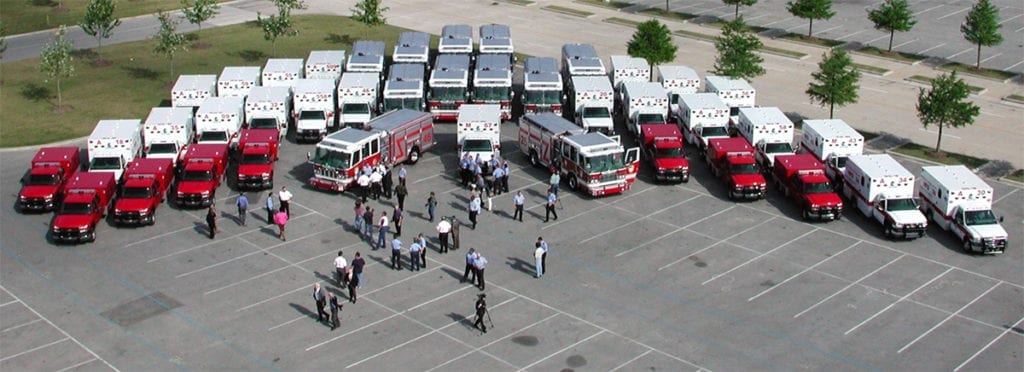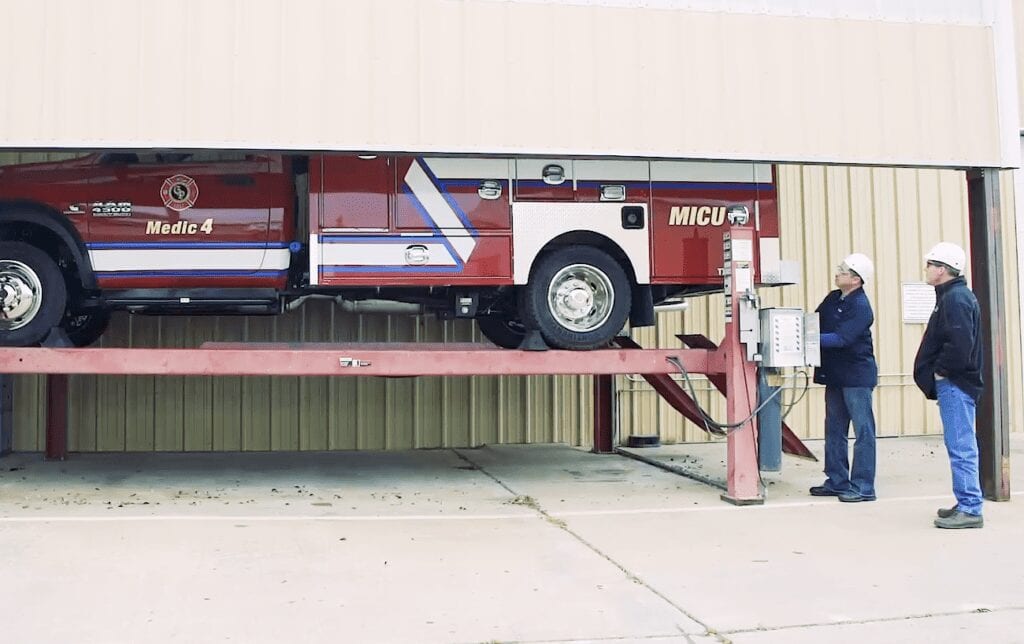How Big SHOULD My Fleet Be?
We hear this question a lot. Staffing costs and capital equipment usually occupy the top two spots in any budget so getting the fleet right-sized is key for any EMS leader.

How Do I Know?
Determining the right number of fleet vehicles requires analyzing multiple potential factors. These include, but are not limited to:
- Fleet age and condition. An older fleet may be prone to increased down time requiring extra units for coverage.
- Facility capacity.
- Deployment and call types.
- Transport distances. This is especially common in more rural areas.
- Geographical challenges. Mountainous terrain, dense forest, or remote coverage areas can pose unique obstacles for your fleet.
- Quality and availability of maintenance.
- Seasonal population influx. Are you a tourist destination in the summer?
- Special events. Do you host a festival of sweaty EDM ravers?
- Mutual aid or auto-aid agreements. Are you on speaking terms with the agency next door?
- Finances. Which is kind of a big deal.
Thorough analysis of these elements will help determine an agency’s peak staffed level and the number of ambulances required.
Other Considerations
If your agency operates under a high performance contract with external oversight and defined performance criteria, you will likely need 133-150% of the units staffed during peak levels. A department running 6 units at peak times would need 8-9 total ambulances to maintain expected performance in this case. But the number can range as high as 200%, or 12 total vehicles in the same case, under certain circumstances.
An undersized fleet can create a series of cascading problems. For example, skipping maintenance to keep a unit in service can lead to unexpected and increased breakdowns, which leads to shifting available apparatus, and eventually service interruptions.
Get Your Fleet Data
Data collection and analysis are critical in crafting an overall vehicle strategy. Data points for consideration include:
- Down time. Also referred to as Lost Unit Hours.
- Scheduled vs. unscheduled maintenance.
- Root causes of any breakdowns.
- Cost per unit.
- Cost per mile.
Maintaining a fleet similar to aircraft standards should be the goal in EMS. Given proper time, training, data, and funding a skilled maintenance manager can frequently get ahead of breakdowns and minimize unscheduled maintenance. However, this is nearly impossible if the units cannot make it to the shop and stay there long enough to properly perform all of the PM steps.
To help keep your fleet up and running, Frazer offers free training to your maintenance staff. We also have a growing list of Authorized Service Centers to choose from.
Learn More
Over the years we’ve seen customers increase their fleet size with judicious use of remounts and the maintenance improvements that come with generator power. Please give one of our sales team a call at 888-372-9371 to see how we can help. If you’re interested in discussing other aspects for determining fleet size, our special projects guy, Herb Brady, has some excellent data and approaches he’s worked used in over 35 years in EMS. You can reach out to him at 888-372-9371 as well.


